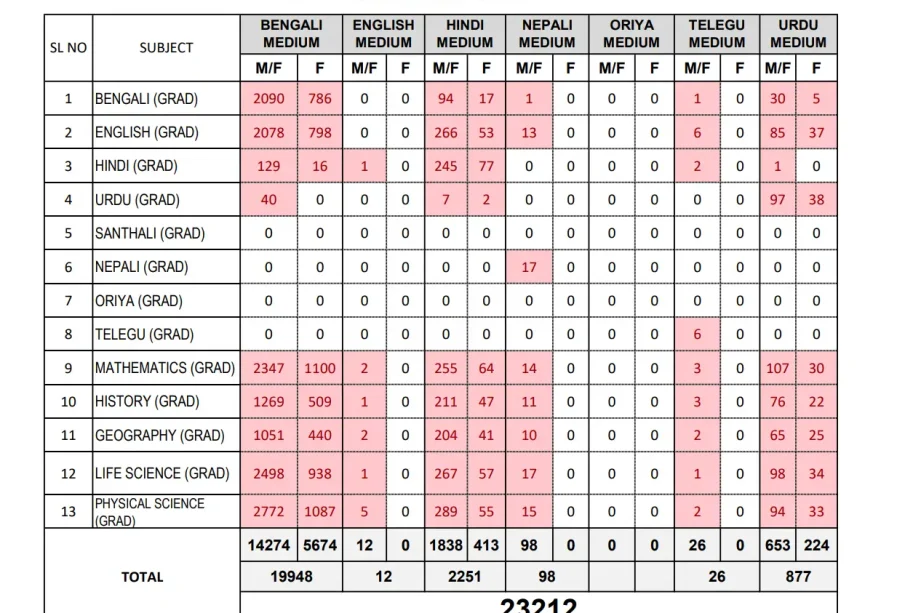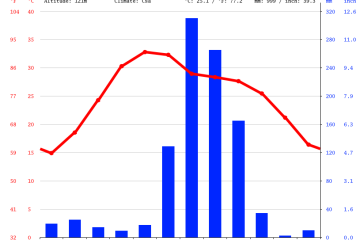Understanding WBSSC: Key Developments and Implications

Introduction to WBSSC
The West Bengal School Service Commission (WBSSC) plays a crucial role in recruiting teachers for the state’s schools. Established in 1997, this commission ensures that the hiring process for teachers maintains transparency and efficiency. As education significantly shapes the future of the state, the role of WBSSC becomes vital in fostering an effective and qualified teaching workforce nowadays.
Recent Developments
In recent months, the WBSSC has been at the forefront of discussions regarding teacher recruitment in West Bengal. With a significant backlog of vacancies in state-run schools, there have been calls for increased transparency and faster recruitment processes. In October 2023, the commission announced a new recruitment notification aimed at filling over 10,000 vacancies across various subjects, which was met with both excitement and skepticism from candidates as concerns about the delay in previous recruitment cycles surfaced.
Moreover, the West Bengal government has implemented new guidelines to ensure that the selection process is fair and adheres to the principles of meritocracy. The commission has introduced online applications and exams to streamline recruitment, making it easier for candidates to apply and participate in the selection process. This shift towards digitization is expected to reduce discrepancies and enhance the overall efficiency of the recruitment process.
Challenges Ahead
Despite these positive steps, the WBSSC still faces various challenges. One major issue is the increasing number of candidates applying for a limited number of posts, leading to intense competition. In recent recruitment drives, nearly 200,000 candidates applied for just a fraction of available teaching positions. This intense competition adds pressure on the WBSSC to deliver results that are equitable and representative of the state’s diverse population.
Additionally, several candidates have raised concerns regarding the transparency of examination patterns and the marking schemes employed by the commission, sparking public discourse on the need for independent audits of the recruitment process.
Conclusion
The West Bengal School Service Commission remains a critical entity in shaping the future of education in the state. As it moves forward with new initiatives and recruitment drives, stakeholders, including candidates, educators, and policymakers, must engage in constructive dialogue to ensure an efficient, fair, and transparent teacher recruitment process.
Looking ahead, if the WBSSC can successfully address the challenges of transparency and responsiveness, it will not only improve the quality of education in West Bengal but also restore faith in public recruitment processes among prospective teachers.









